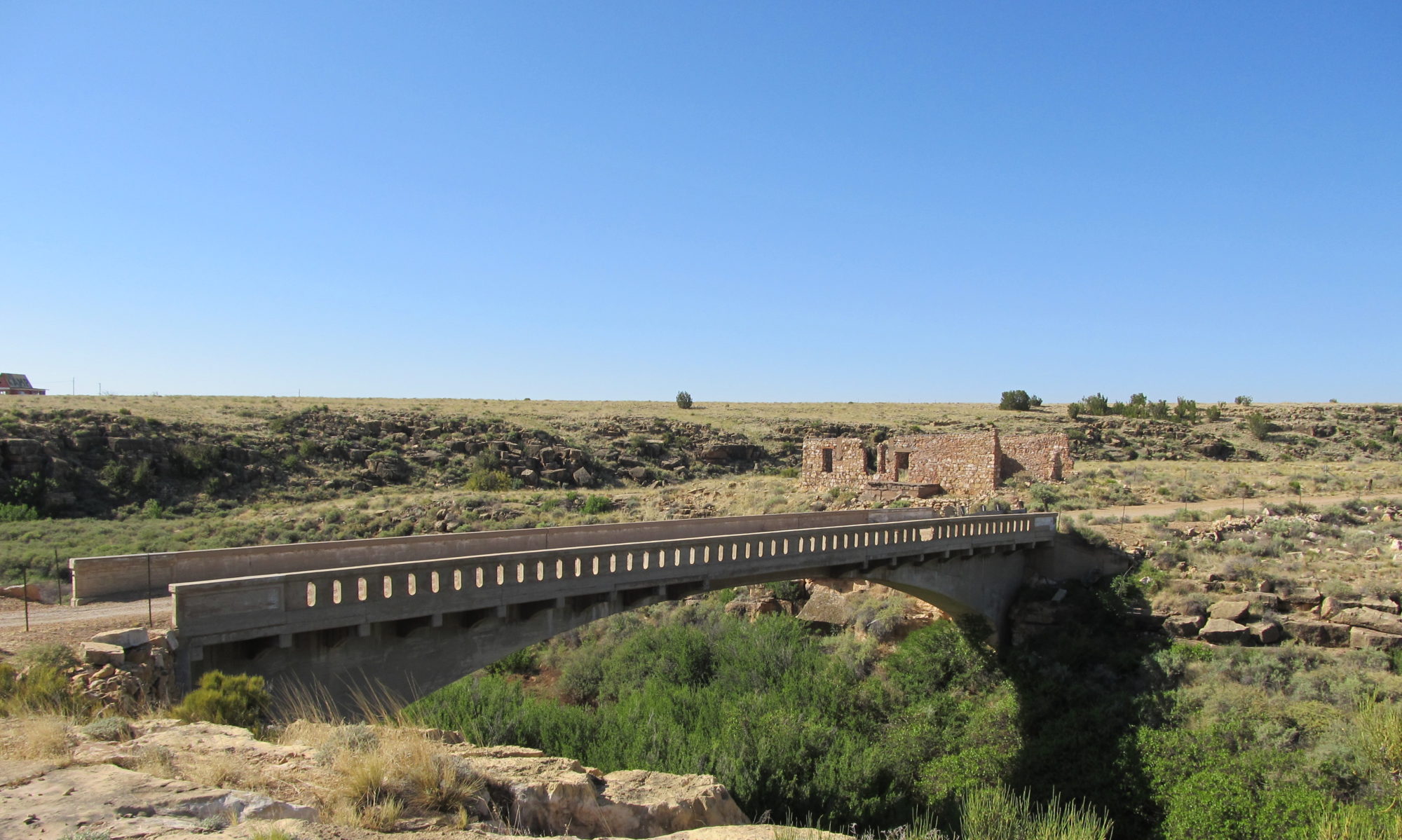As of this time, Blue Origin has nailed 5 successful landings in a row. The last landing was actually unexpected as the launch was to test (successfully) the launch escape system. The push back was expected to damage the launcher and make it unable to land. In a big plus for Blue Origin, not only did the escape system perform well, the booster was able to make a successful landing as well. Blue Origin may start launching tourists for suborbital flights this year. At least, that’s the plan.
Meanwhile, SpaceX just nailed a landing in Florida after a successful launch of a Dragon cargo vessel to ISS. This was the third success of bringing Falcon 9 first stage back to LZ1. There have also been 5 successful barge landings (4 in the Atlantic, 1 in the Pacific). So what is SpaceX’s record at this juncture? They have 8 successful landings in 18 tests. Consider that on the first 5 tests, all at sea, there was no barge involved. These were strictly systems tests and all the stages were intentionally lost at sea. Now we are talking 8 of 13. There have been 4 successes in a row, 7 successes in the last 8 attempts, 8 successes in the last 11 attempts. Overall, considering the complexity of the systems involved, not a bad record at all!
SpaceX is currently constructing a second landing pad in Florida, LZ2, and LZ3 is in the works. This will come into play when the Falcon 9 Heavy comes on line later this year. Three cores coming down at once! It is anticipated that two will return to LZ1 and LZ2, and the third to a barge in the Atlantic. If SpaceX can pull this one off, it will be a sight to see. A Falcon 9 Heavy launch and three core landings in a single act!
Between Blue Origin and SpaceX, 2017 could be quite a year.
